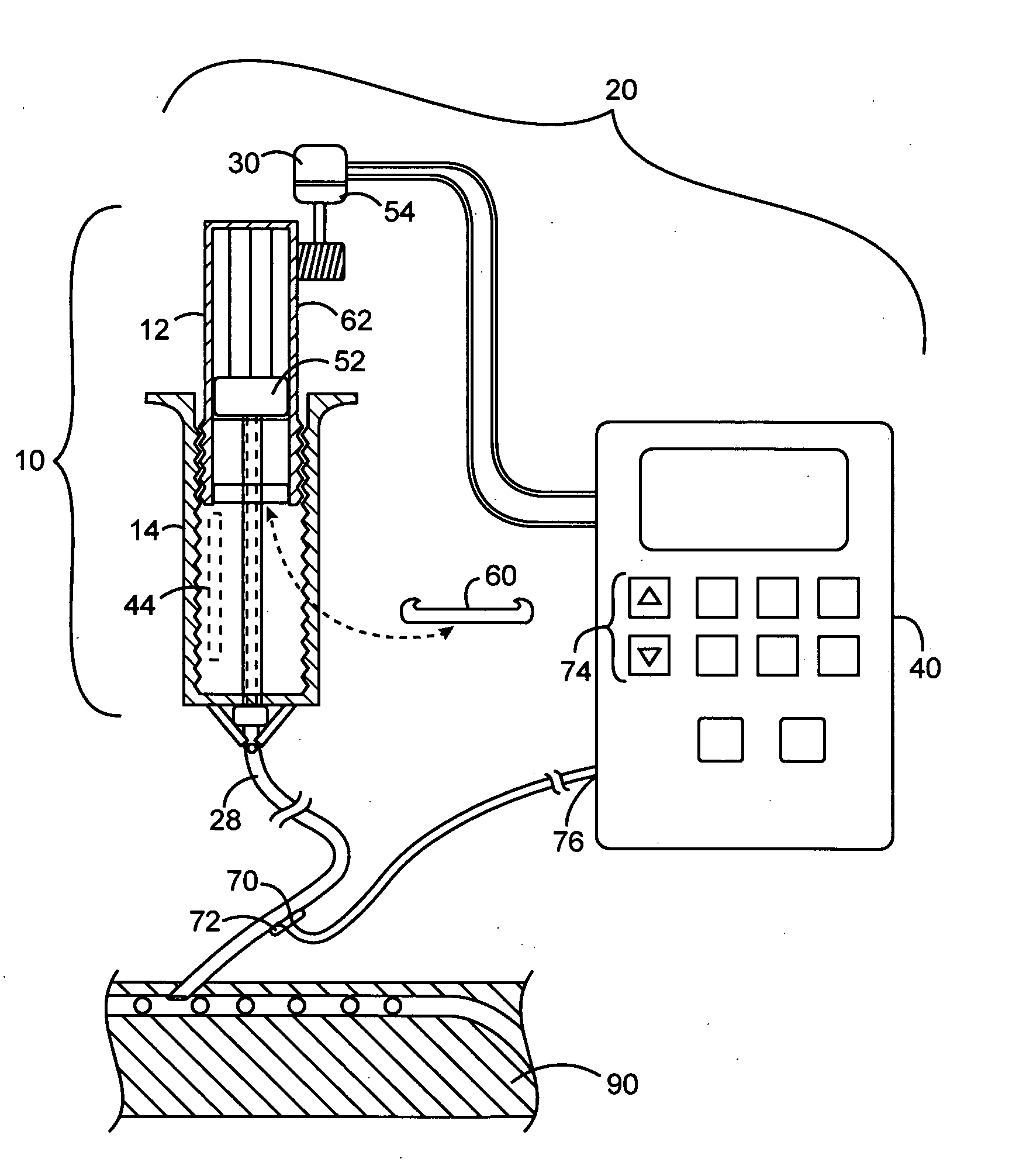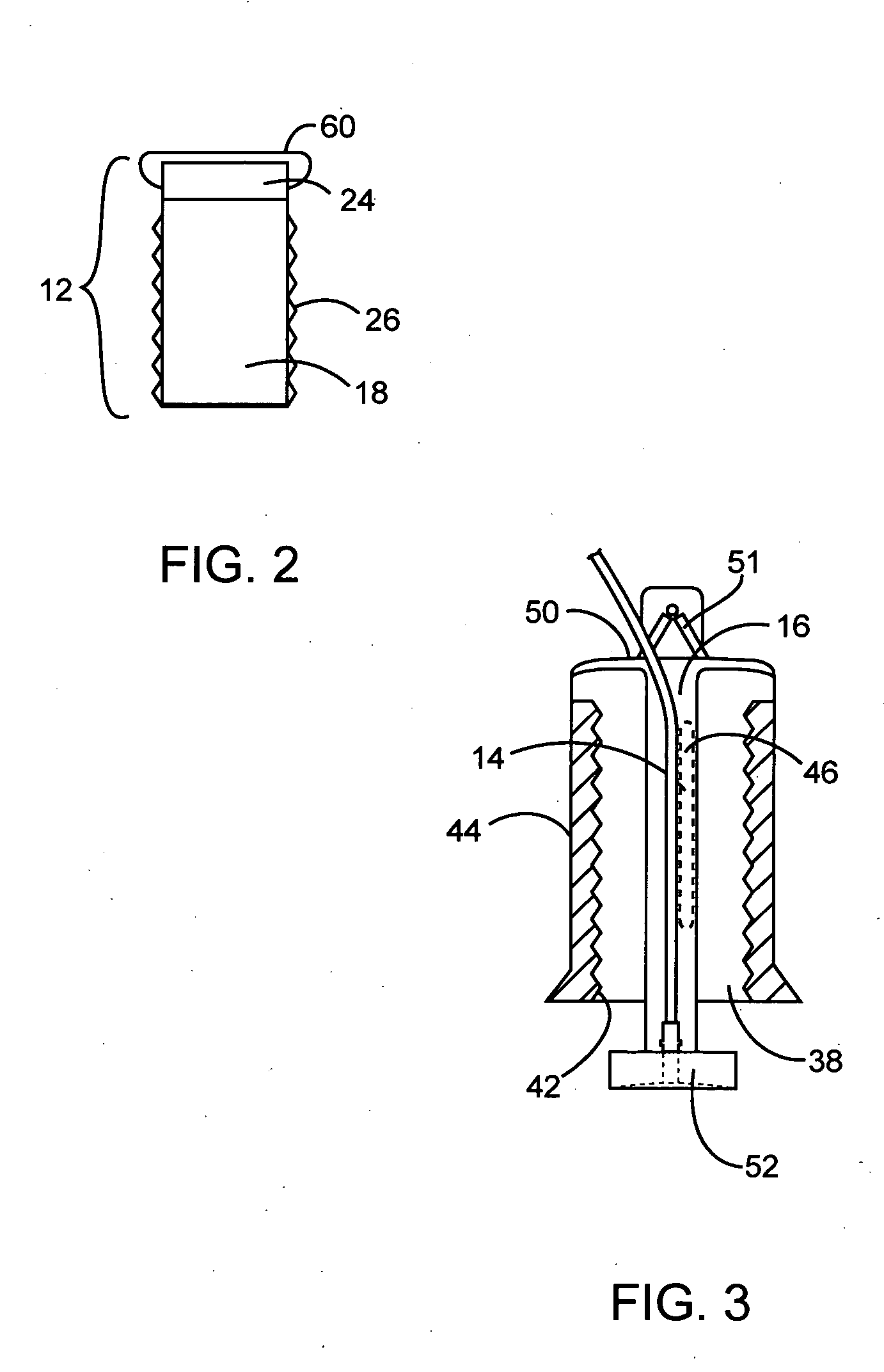However these do not use the benefit of gradient changes caused by
pulse therapy to increase beneficial responses.
These conventional systems are unable to respond to the increase or decrease of
receptor activities that can change in mere minutes, a physiological response which can be induce with Quantitative Chronological Delivery.
Achieving the desired levels and metabolic changes using this method was an inexact science with intermittent results due to the limited approach to adjusting the delivery doses and adjusting the glucose to “cover” the
insulin infused.
Prior systems have produced varied and uncertain levels of metabolic and physiologic change, and required significant experience to operate and deliver the treatment in the way it has been delivered.
In diabetes, in large part, the difficulties were due to the need to use glucose to manage the treatment.
Prior approaches also did not attempt to read and adjust the amount of
reagent during administration.
When this happened, not only is the patient not receiving the benefit of the treatment, the patient depleted his or her glucose stores in liver and other tissue, to help cover the dropping circulating glucose, and concominentantly launched counter-regulatory secretions as a defense processes, making the treatment ineffective.
This is a failure of metabolic changes which are the goal of the therapy, as needed for the treatment of this
disease.
This interaction between patient and device was previously thought to be too complicated to achieve due to the large variety of
physiological responses from most treatments themselves.
Another problem with prior intravenous
insulin systems is hyperglycemic or hypoglycemic blood conditions, which are addressed by Quantitative Chronological Deliveries.
There is a resulting lack of
effective treatment when hyperglycemic or hypoglycemic excursions take place, sometimes invoking the response by a patient of “dumping” the liver
glycogen stores, coupled with
epinephrine release.
This problem is sufficiently important that one clinician delivering IV
Insulin has claimed that the failure to be properly trained can result in danger to the patient.
The improvement in treatment through Quantitative Chronological Delivery through measured adjusted discrete boluses using highly accurate time adjusted infusions, is unique and has not yet been achieved by any other method.
The original Bonica 110 was the first step toward this system, but it failed to achieve uniform and predictable results.
Many of these more sophisticated pumping mechanisms have valves and chambers which disturb the reagents normally used in such devices.
The basic problem with accuracy has been that in medical applications, there have been only a few instances where bolus infusion has been sought, and in those instances, the conventional pumping systems would merely rely upon starting and stopping the pump to achieve a bolus
regimen.
Furthermore, the approach to achieving accuracy in pumping has historically been to slow the delivery so that a more precise metering could take place, which is, of course, not desired in Quantitative Chronological Delivery.
Most prior products only offer pump accuracy specifications of plus-or-minus 2 to 5 percent, over the entire reservoir, not for each bolus, thereby making individual deliveries much less accurate.
Thus, since there has been no apparent need for a device which could both be accurate, and still pump at a relatively
high rate of flow, the field of pumping has not included a pump which can be both accurate in a pulsatile delivery, and have high rates of flow.
The need for low pressures in current systems limit the ability to modify and use these systems.
The use of higher volumes in delivering medicines are often not medically indicated and many of the current systems have resorted to averaging out individual errors to get a reportable accuracy level which is tolerable but not never optimal.
In fact, reporting and delivering accuracy over the entire reservoir does not deliver what Quantitative Chronological Delivery requires, and such reporting may mislead the users to believe that individual accuracy of each aliquiot exists in conventional systems, which is not in fact observed by the inventor.
In addition, many of the problems associated with mistakes in the delivery of medicines into patients have resulted from errors in the concentrations of the active
reagent.
Most medicines have proteins or other complex molecules which are relatively easily damaged with any type of gate, valve or force which causes shearing upon the opening and closing of the mechanism used to stop the flow.
These proteins have the ability to aggregate and become ineffective, thereby giving to the patient a medicine which has changed in its effective concentrations.
Many medicines are delivered in a relatively inaccurate concentration, due to the forces of
ionization and collection of medicines on the surfaces of the bag or container being used as a reservoir to store and deliver the medicine.
The medicine can collect on the sides of the container, and only delivered in a relatively unknown and short period of time.
Many pumping devices which use syringes have no ability to overcome the natural slip-stick or chatter associated with the storage of energy in the elastic and pliable surfaces and structures, allowing for the
syringe moving face (“
Plunger”) to move forward in irregular motions.
Hysteresis and the natural tendency of Plungers not to move until a force overcomes the
inertia and sticking forces cause deliveries by most
syringe pumps to be sporadically subject to differing levels of sticking (sticktion).
When these devices overcome this
inertia and
hysteresis, they tend to overrun and deliver at different speeds.
The
cartridge when engaged in the delivery device, locks by the rotational providing threads and this locking of the meshed threads makes an accidental infusion by dropping or pressing on the
plunger virtually impossible.
 Login to View More
Login to View More  Login to View More
Login to View More 


